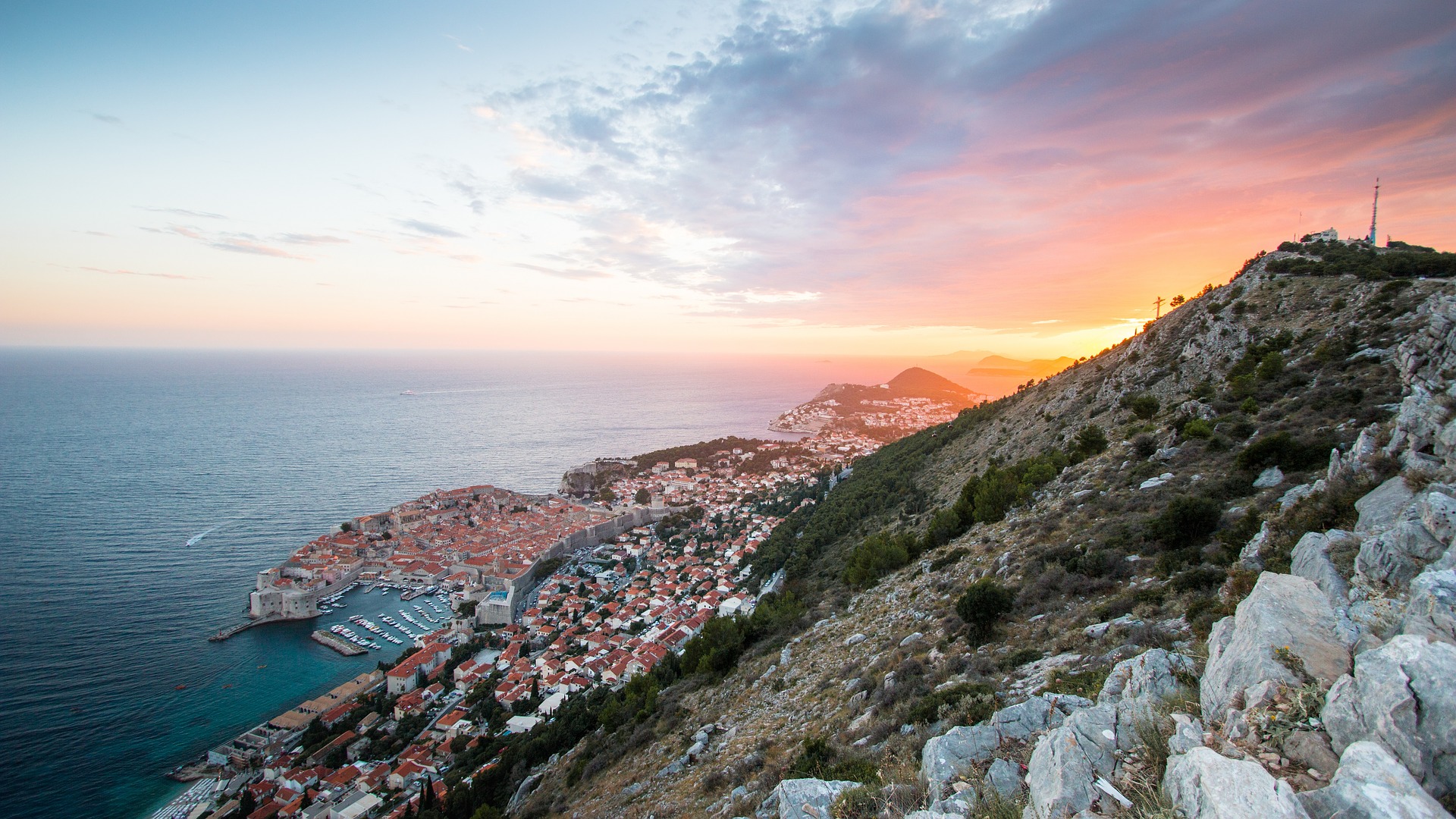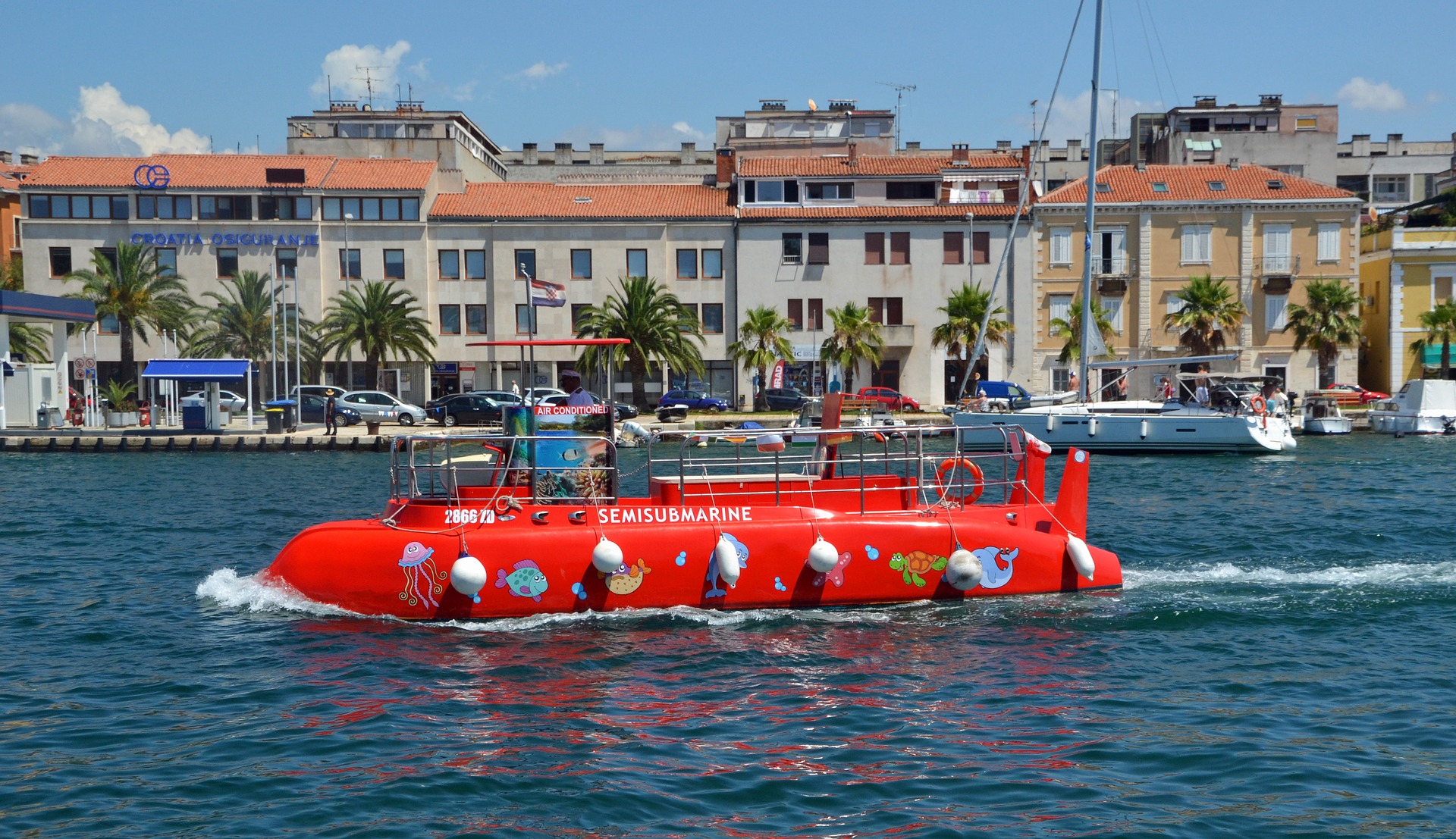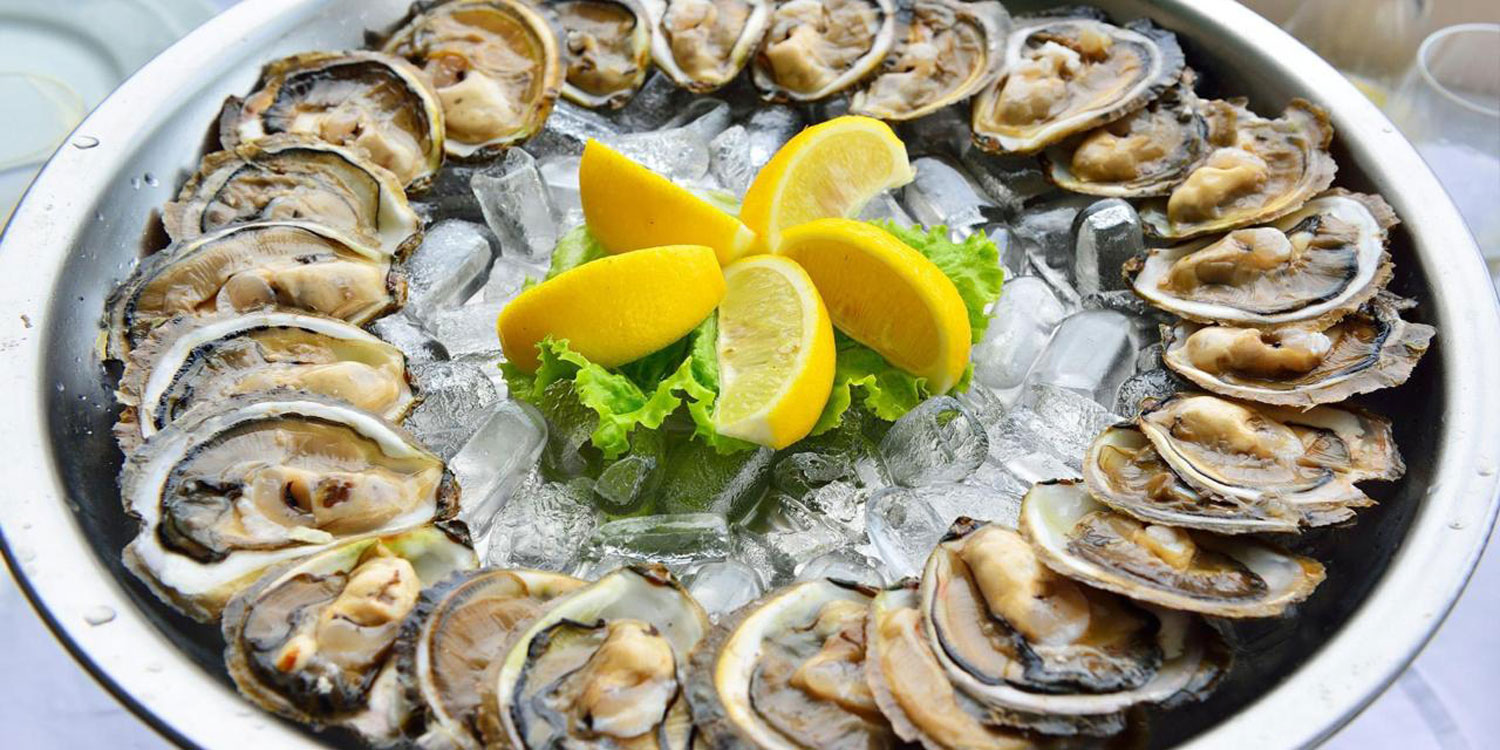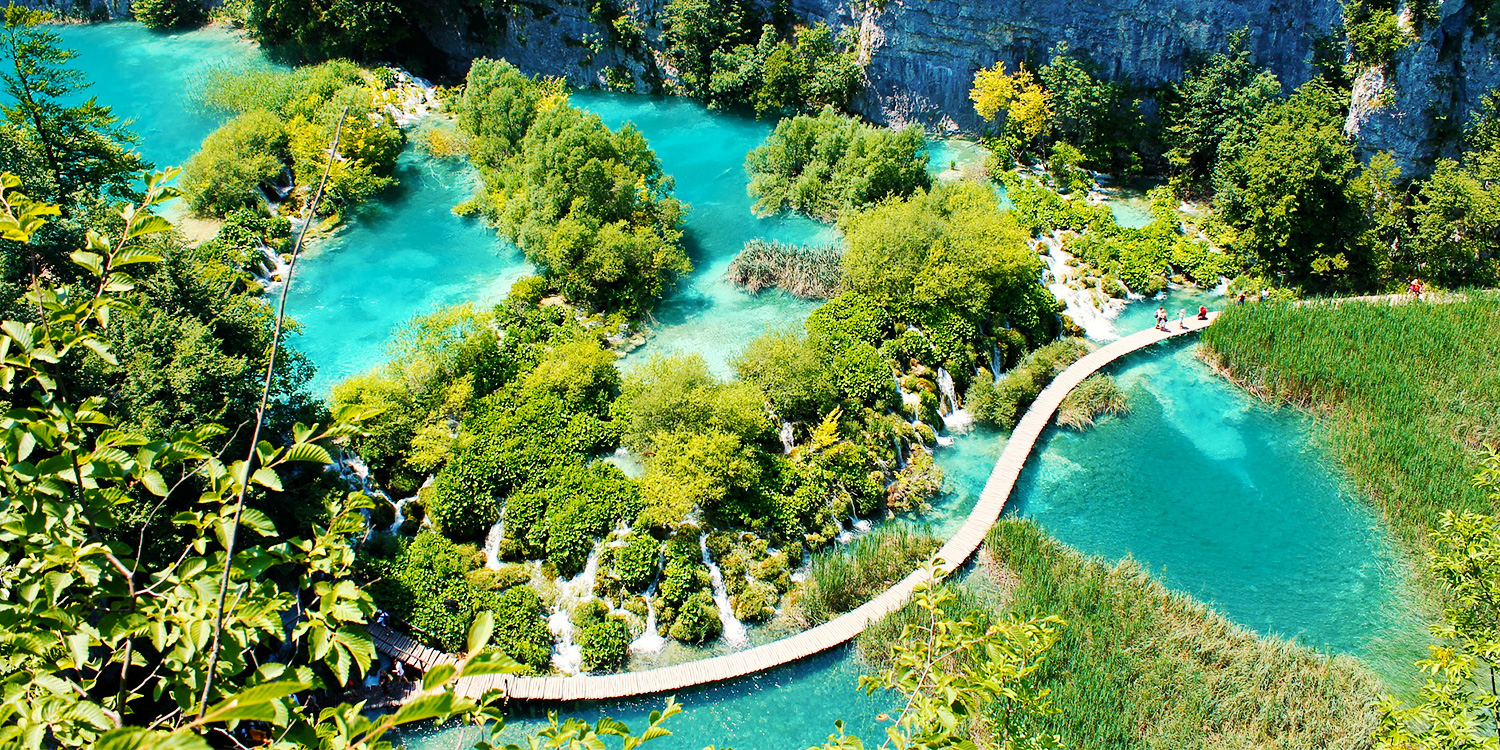
Croatia Travel Guide
Teal waters, fresh seafood, marble palaces, hedonistic islands

Currency
Language
Weather
Travel tips and insider advice that have made the most difference to us, sourced from our
community of like-minded travellers and global experts.

Recommended by Lessons Learned Abroad
This popular blog by Chris and Christine shares travel tips, budget advice and travel stories. Lessons Learned Abroad has been featured on Indie Traveller, Nomadic Matt, Who Needs Maps, and more.

Recommended by A Little Adrift
Shannon O’Donnell launched A Little Adrift as a way to share her journey. The site has become a resource spot for other round the world travelers. National Geographic named O’Donnell a 2013 Traveler of the Year, and her work has been featured on Canada’s Globe and Mail, BBC Travel, USA Today, Lonely Planet, and Cosmopolitan Italy magazine, among other places.

Recommended by Goats On The Road
Nick & Dariece are a 30-something couple from Canada who have been travelling for 8 years. They have visited more than 60 countries around the world. Goats On The Road is a very popular resource for travellers, and has been featured on CNN, National Geographic Traveler, NBC and more.

Recommended by The Blonde Abroad
Kiersten Rich created The Blonde Abroad to help women find the confidence to travel the world. She shares resources on everything from solo travel to packing guides to photography tips on her site. The Blonde Abroad is a Forbes Ranked "Top 10 Travel Influencer", and has been featured in The New York Times, Travel & Leisure, Marie Claire, Business Insider, AFAR, Times Now & more.

Recommended by The Common Wanderer
Mark and Miranda are an Australian couple who have explored over 30 countries together. On The Common Wanderer, they share their travel and adventure narratives, in-depth guides, interviews, and travel tips. They’ve worked with Intrepid Travel, Mail Online, The Telegraph, AirBnb, Herald Sun and more.
Nobody wants to be a tourist. Here are curated experiences in art, music, food, culture and communities
to help you have an authentic and memorable trip.
See all our departures to Croatia. Choose from a wide variety of travel styles, hundreds of departure dates and budget choices.
Be part of something special
Be the very first to hear about new trips and special discounts (get up to 15% off on regular prices!). Get exclusive tools and expert advice to keep you inspired and help you travel better.It's completely free!
Join our Whatsapp group Get a Byond account
